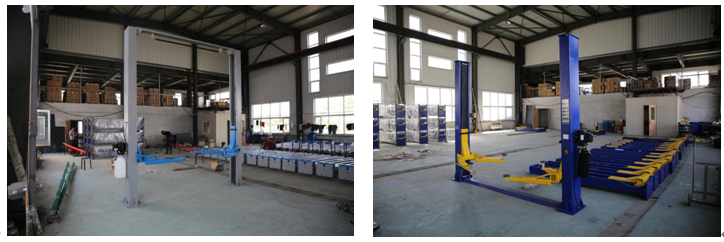Introduction to the car lift
Introduction to the car lift
When the lift control valve is reversing to cause the cylinder to land, the following three conditions are often presented:
1 If the speed of the cylinder falling exceeds the speed that the oil pump can reach the oil supply to the cylinder E cavity, the liquid filling is lacking, and a vacuum occurs. As long as the oil pump continues to supply oil to the upper chamber, the lower chamber is throttled until the full chamber is gradually pressurized. The work lift is completed, and the boost is slow when the elevator is lowered.
2 If the frictional resistance of the movement is small, the cylinder will drop rapidly under the self-weight of the load, and instantaneous activation will occur.
3 If the motion resistance of each section of the stroke is uneven or the resistance of the movement is close to the weight of the moving parts such as the upper and lower jaws, the upper and lower arms may sometimes fall by their own weight, and sometimes they must be pushed by the pressure of the oil pump to form the landing speed of the lifting platform. Unstable.


